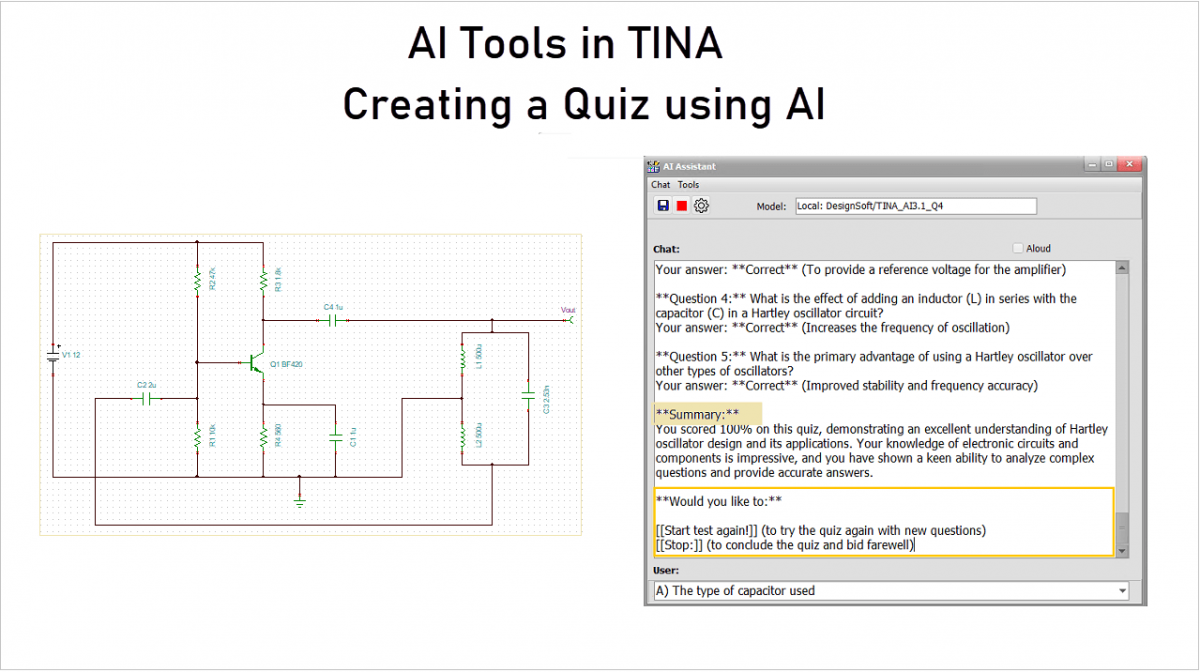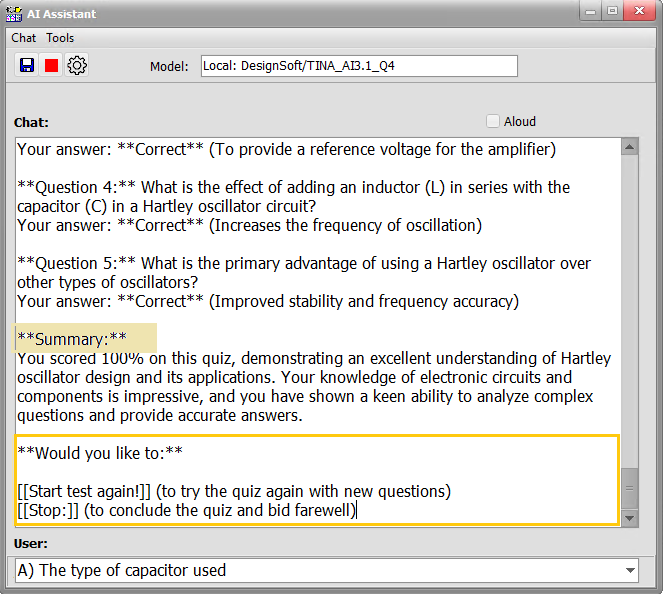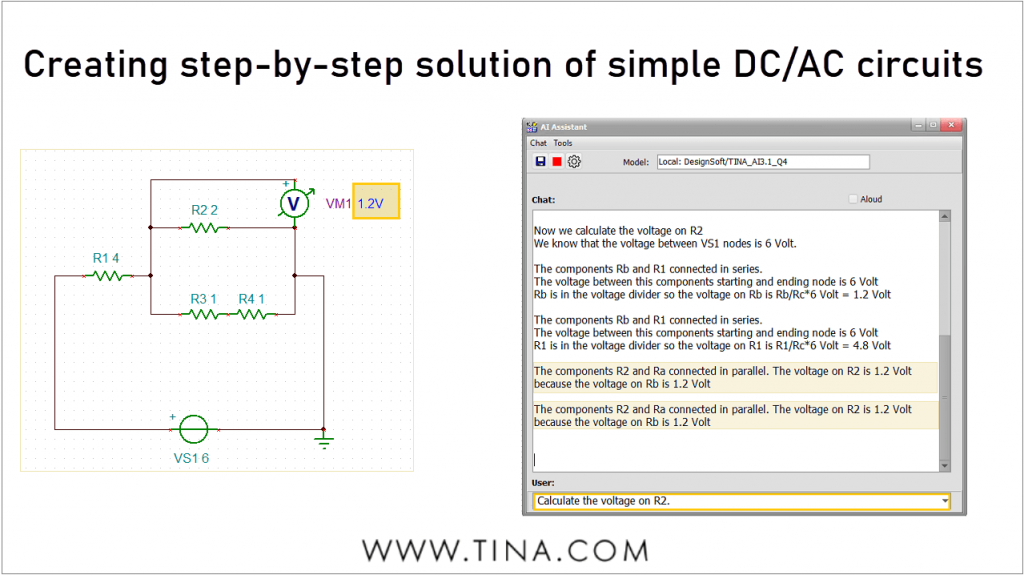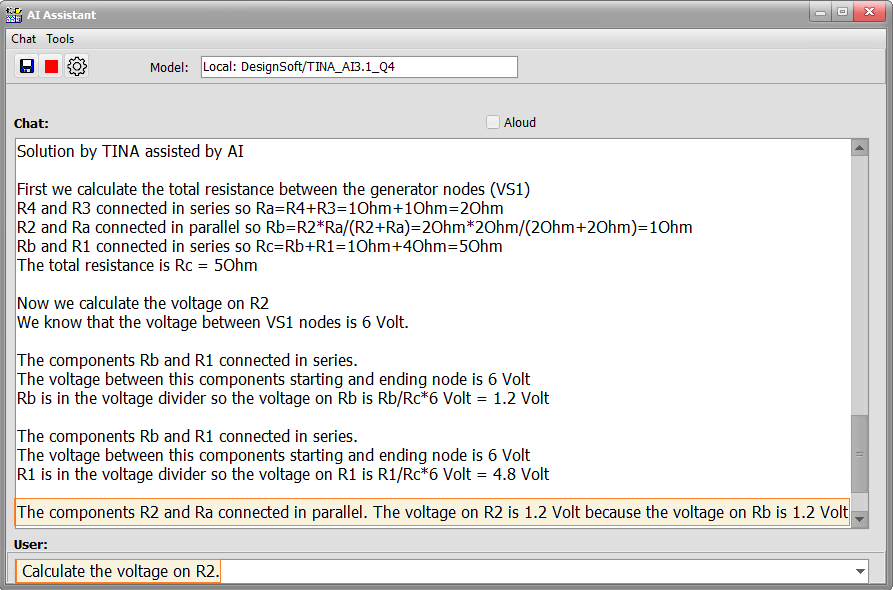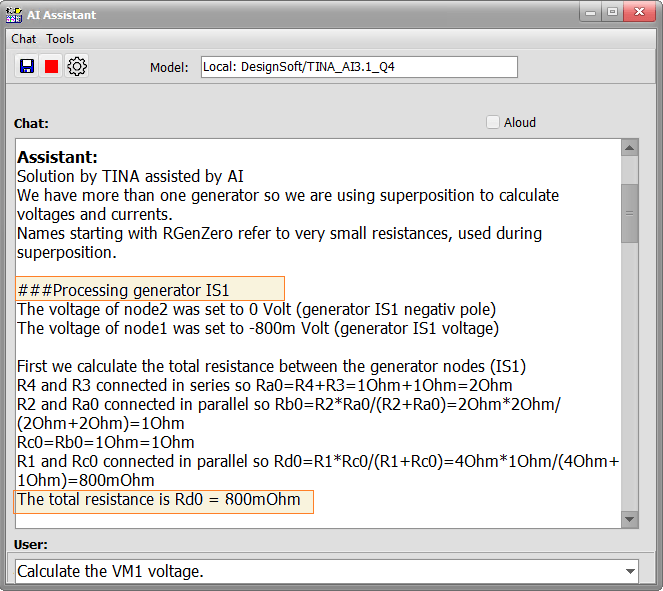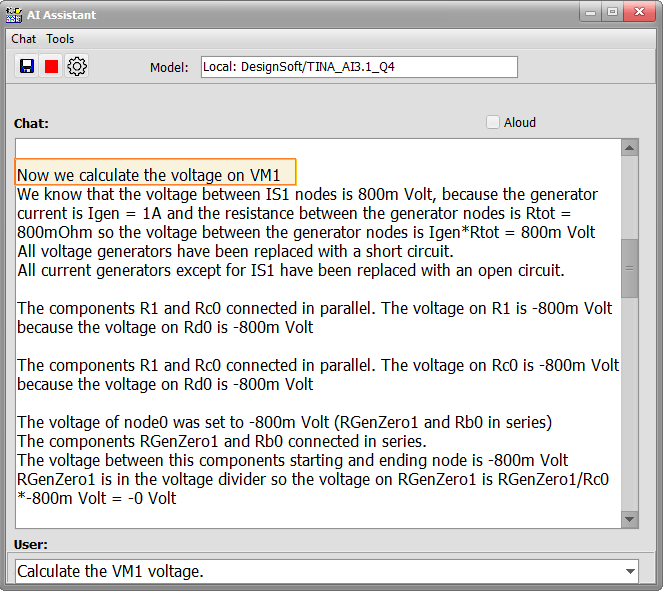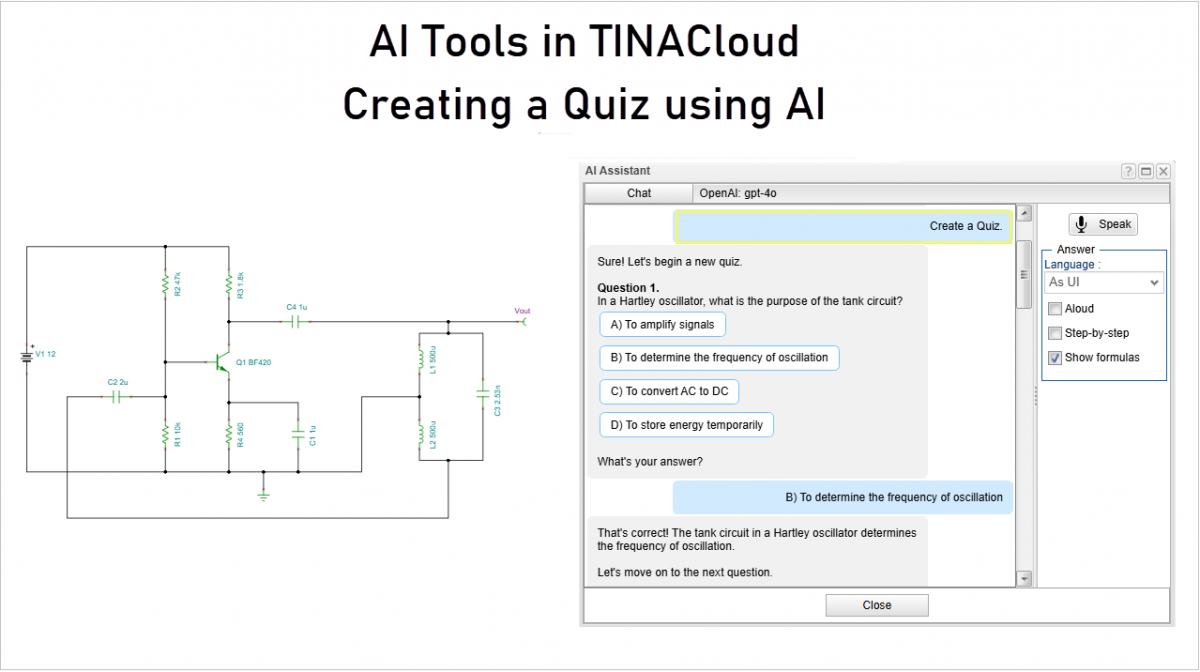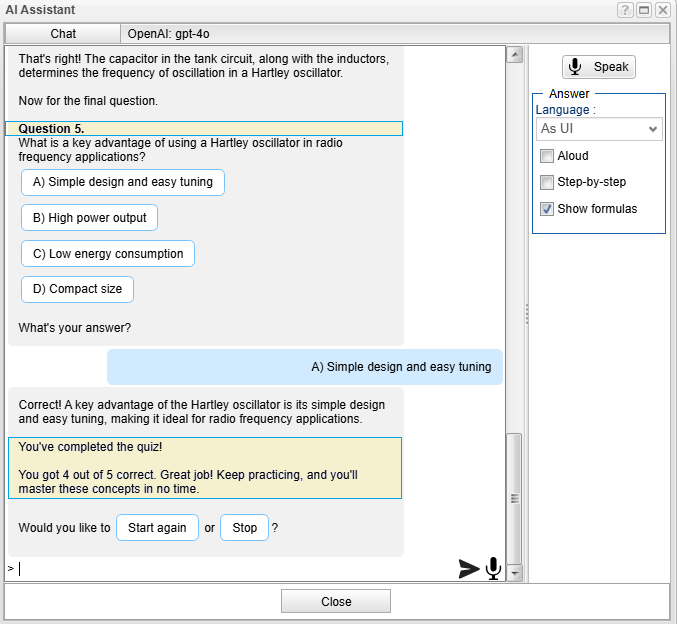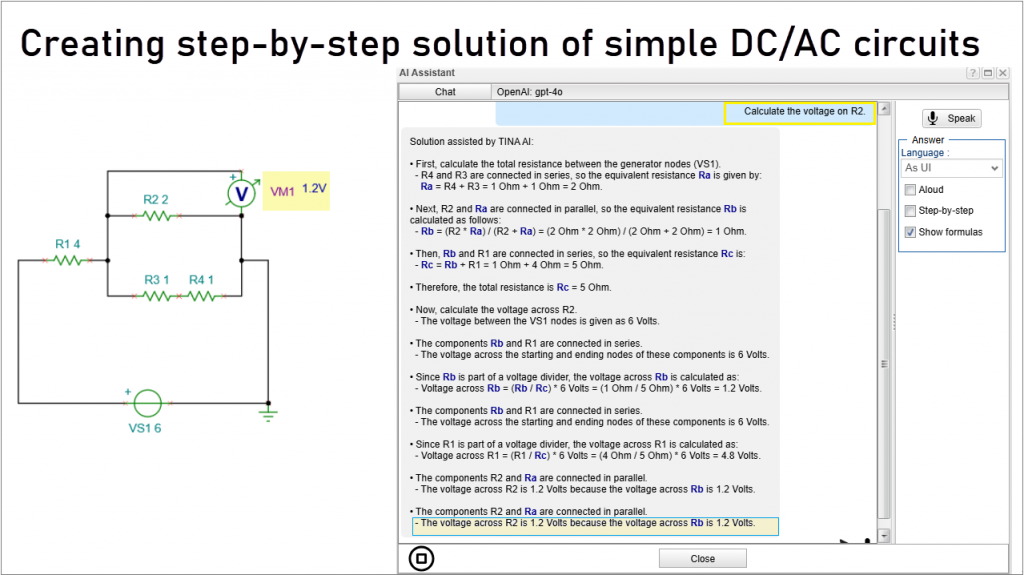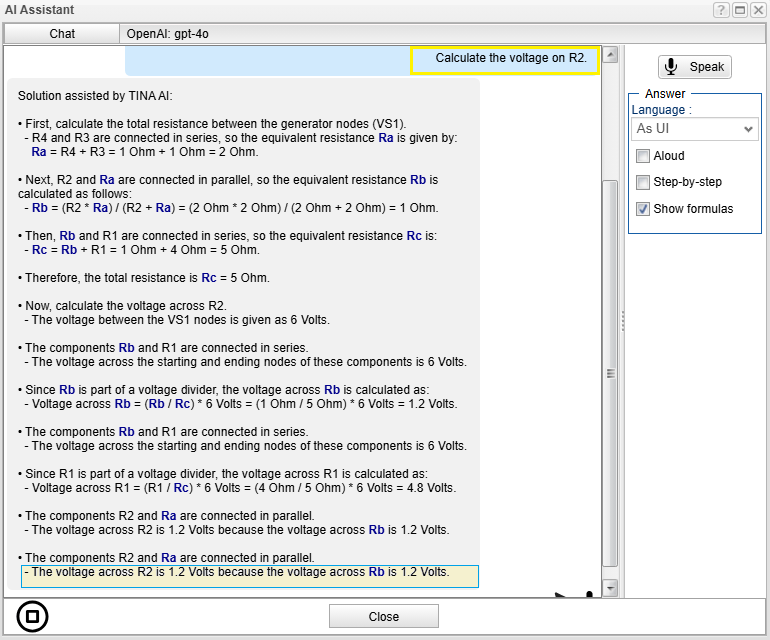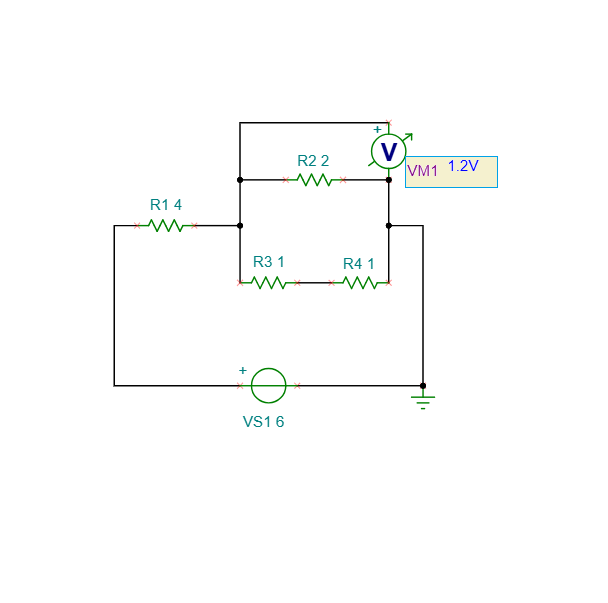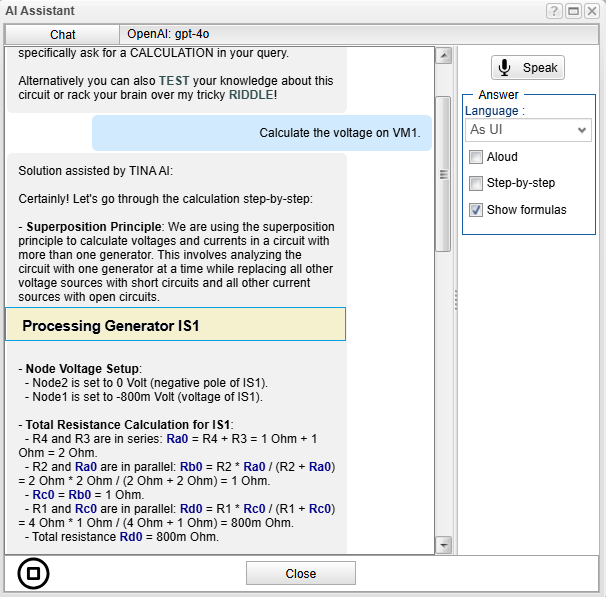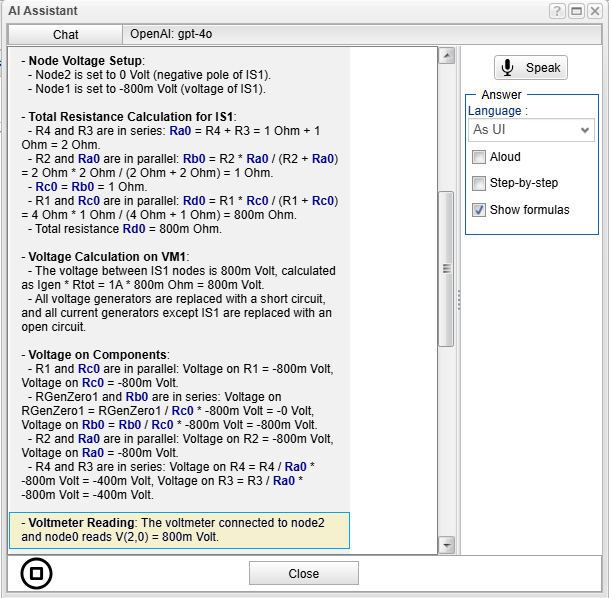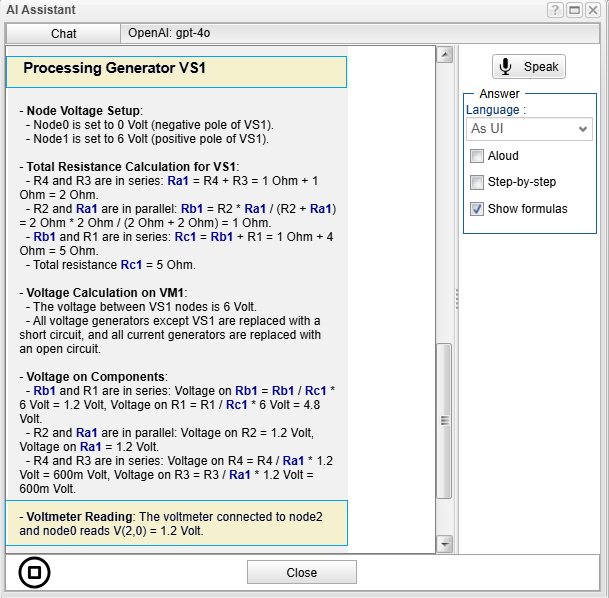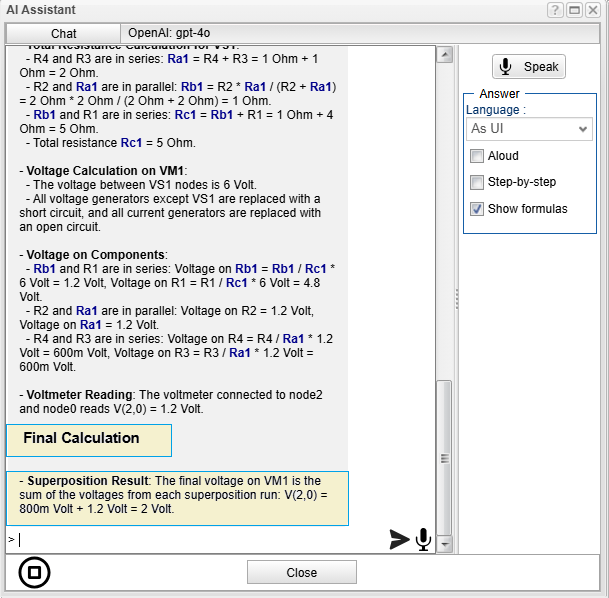This video will guide you through:
- Installing Wine on SUSE Linux
- Installing TINA v15 on SUSE Linux 15.6
- Operating TINA v15 on SUSE Linux 15.6
TINA, a Windows-based software, runs seamlessly on Linux by utilizing Wine, a compatibility layer. You can easily install it on SUSE Linux using the YaST Software Manager.
How to Install Wine on SUSE Linux?
To run TINA on Linux, Wine is essential. We recommend using Wine version 9 or later.
Here are the main installation steps:
- Launch YaST Software Manager: YaST2 (Yet another Setup Tool) is a powerful and user-friendly system administration tool for openSUSE and SUSE Linux, available with both graphical and text interfaces.
- Search for “wine”: Use the search function within YaST to find the Wine package.
- Select “wine” for installation: Check the box next to the “wine” package.
- Accept and install: Click “Accept” to begin the installation.
- Verify installation: After the process completes, confirm a successful installation in your Terminal.
- Configure Wine: Launch
winecfgto set your preferred font size for optimal display. - Start TINA setup: Once Wine is configured, you can proceed with the TINA setup.
How to install TINA v15 on SUSE Linux 15.6?
Up next, we’ll guide you through the installation of TINA v15 on SUSE Linux 15.6:
- Download the setup ZIP file.
- Execute the setup program and allow it to download all necessary components.
- Proceed with the installation steps as prompted.
How TINA v15 Operates on SUSE Linux 15.6?
In conclusion, we’ll demonstrate TINA v15’s functionality on SUSE Linux through practical examples, including:
- Transient Analysis
- PCB Designer and Interactive simulation
- Using TINA’s AI Assistant
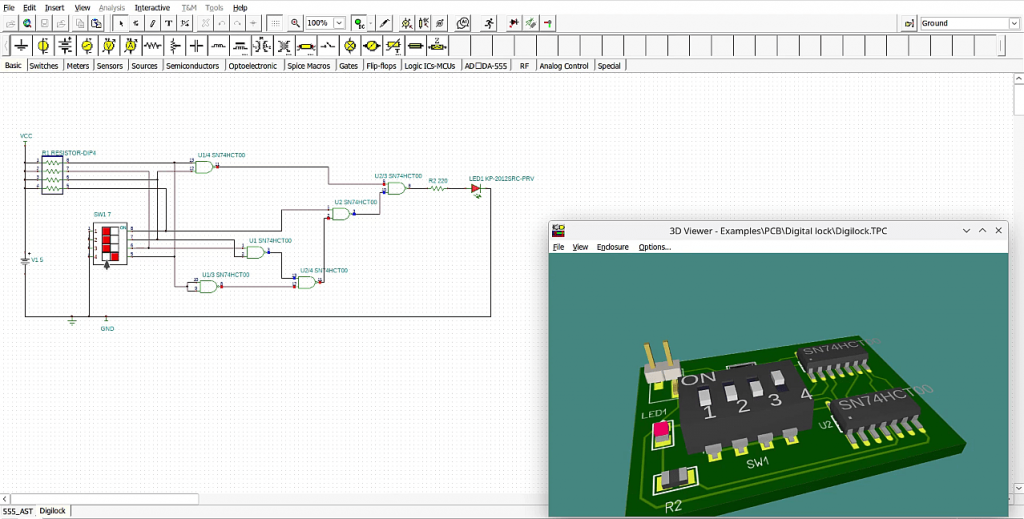
PCB Designer and Interactive simulation
For more detailed instructions on running TINA on Linux, please refer to our comprehensive guide: TINA Installation Guide for Linux.
Click here to watch our video.
Content of the video:
00:15 How to install Wine on SUSE Linux?
01:18 How to install TINA v15 on SUSE Linux 15.6?
02:17 How TINA v15 operates on SUSE Linux 15.6?
You can learn more about TINA here: www.tina.com
You can learn more about TINACloud here: www.tinacloud.com


